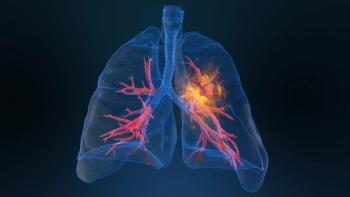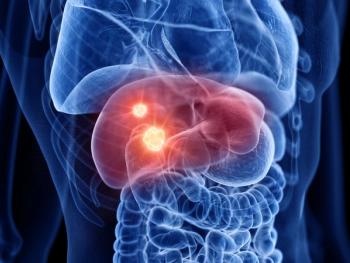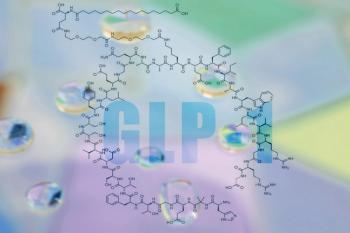
Renal Denervation Shows Durable Blood Pressure Benefits in Key Trials: Deepak L. Bhatt, MD, MPH, MBA

Renal denervation modestly lowers blood pressure, with durable long-term benefits, according to Deepak L. Bhatt, MD, MPH, MBA.
In part 3 of an interview at the
Revisit parts
This transcript has been lightly edited; captions are auto-generated.
Transcript
Renal denervation is often considered in patients who have resistant or uncontrolled hypertension, but interest is growing in low-to-moderate-risk patients who want to reduce or avoid medications. Key trials include SPYRAL HTN-ON MED, SPYRAL PIVOTAL/HTN-OFF MED, and RADIANCE-HTN. Can you discuss how these trials evaluated the therapy and their findings?
Within the series of trials, most have involved the radiofrequency catheter made by Medtronic—there have been a few generations of that—or the Paradise Ultrasound System by Recor [Medical]. Those are the 2 [main] companies. There are other companies, as well, that have developed and are developing catheters and various approaches. I alluded to, for example, alcohol injection via balloons and even other things. Several companies in China, for example, have catheter systems that seem to have pretty good data, as well.
In terms of the 2 major programs, it's the
None of the trials were powered to look at heart failure, kidney failure, ischemic events, that sort of thing, so we'll talk about blood pressure control. If anything, there is a reduction in the burden of medications, antihypertensive medications, despite the fact that there's better blood pressure control in those patients initially randomized to the renal denervation procedure.
It does seem that for both of these FDA-approved catheters, there is a significant benefit in terms of lowering blood pressure, modest in the very rigorous randomized control environment but much larger during the longer-term observational phase of these trials. It does look like there's at least a modest benefit and maybe a larger benefit in real-world practice, where patients really aren't taking 5, 6, or 7 medicines a day, multiple times a day; that rarely actually happens outside of the somewhat artificial context of clinical trials.
I think we did the right thing in the clinical trial domain with renal denervation. SIMPLICITY HTN-3 (
In terms of one of the points you raise about patients that were lower-risk, and by that, I assume you mean lower blood pressure, instead of going on medicines, I think it's probably best to maximize lifestyle modification and generically available common, familiar medicines before going on to any type of invasive procedure, even one with relatively low risks. Beyond my own opinion, I think that third-party payers, insurers, likely aren't going to be super excited about substituting a procedure for a generic medication. At least in the rigorous randomized phases of these trials, the blood pressure reductions are modest, on the order of 5 or 6 mm Hg in many cases, so a generic drug can accomplish that, as well.
On the flip side, with renal denervation, one of the things that's been touted is the "always on" phenomenon. That is, you don't have to worry about adherence because it's a procedure. Once it's done, hopefully successfully, that effect lasts, at least as far as we can tell, 24 hours a day for a minimum of 5 years. That's what we saw, for example, in the long-term follow-up of SIMPLICITY HTN-3, and perhaps even longer. We have to see whether patients will need reapplication of the therapy, but it does seem to be durable, at least up to that time frame of 5 years or so, based on randomized clinical trial data, albeit the observational phases of trials, such as SIMPLICITY HTN-3.
If it is a therapy that could just be administered once in a lifetime, that would affect its cost-effectiveness favorably and get around things like patient adherence to multiple pills multiple times a day. On the other hand, if it turns out that it's not durable after 10 years or longer follow-up, then one might need to consider, again, in terms of cost-effectiveness, exactly where it fits in. Again, it'll have a role; it's just a matter of determining at what price it truly is cost-effective.
Newsletter
Stay ahead of policy, cost, and value—subscribe to AJMC for expert insights at the intersection of clinical care and health economics.






























































